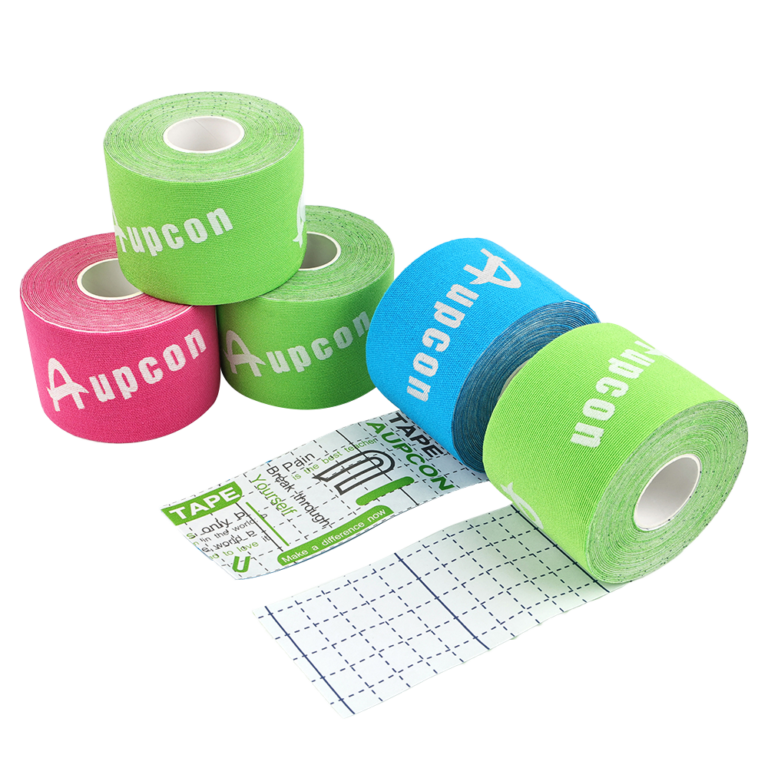sport tape has numerous benefits for recovering from muscle soreness and preventing sports injuries.
Nonetheless, the tape stimulated some placebo effects, which were related to the athletes’ belief in tape use.
With the correct use of tape, you can gain special benefits. Physical therapists use sport tape to tone muscles, improve lymphatic drainage, and modify circulatory patterns to restore muscles.
The main goal of this tape is to relieve pressure on a specific body part and transfer it to a larger area. This process diverts pain signals and reduces pain.
Tape is the ultimate physical therapy for post-operative treatment, helping with different ranges of motion through compression and decompression.
It delicately tugs the skin, boosting lymphatic and blood circulation to provide ample supply for faster recovery.

How to apply sport tape correctly
Use tape according to your preparation and placement guidelines and at least 30 minutes before you plan to engage in physical activity.
In order for the ergonomic tape to work, do not overstretch. The ends of the tape should be attached to your skin, not the tape itself.
Do not pull the ends as anchors.
sport tape does much more than a tensor bandage, so proper placement is everything.
For the right application, you should probably consult a physical therapist to treat you well enough. However, you can also help yourself with proper guidance.
Follow these top tips to apply kinesiology tape for effective results.
Prepare the area where you need to apply. Cut off any excess hair to maintain steady skin contact with the tape.
It works better if your skin is free of oil, body lotion or sunscreen. Gently wipe the body area with alcohol wipes to prevent any irritation.
sport tape on an hour before your workout. Handle the tape carefully when you use it to avoid waste. Hold the tapes side by side while using them.
Carefully remove the tape with slow motion and light force. If you have sensitive skin, you can apply a body oil or lotion before removing.
You can also cut the tape into different sizes and shapes for a variety of uses. Unlike traditional sports tape, kinesiology tape requires some specific guidance to apply correctly.



